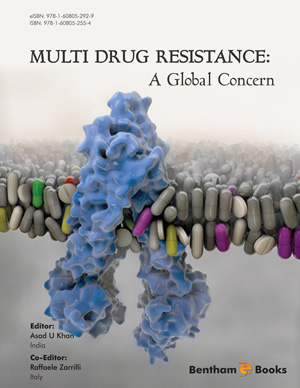Abstract
During the last decade, both Gram-positive and Gram-negative bacteria that are resistant to most or all available antibacterial classes are increasingly prevalent in the nosocomial environment, particularly among immunocompromised patients and those hospitalized in intensive care units. Among Gram-positive bacteria, increasing concerns are posed for health care- and community-associated methicillin-resistant Staphylococcus aureus, S. aureus with reduced susceptibility or resistance to vancomycin and vancomycin-resistant enterococci. Gram-negative bacteria have also developed multidrug resistance, which in the family of Enterobacteriacae is commonly due to the production of extended-spectrum β-lactamases and carbapenemases of metallo- or serine-β-lactamase type (mainly VIM-, IMP-, or KPC-types). Further, multidrug resistant non-fermenting Gram-negative bacteria such as Pseudomonas aeruginosa and Acinetobacter baumannii are common, necessitating the application of concerned efforts for their control. The control of multidrug resistant organisms requires approaches that include knowledge of their local and international epidemiological spread, accurate detection and surveillance, rational use of antibiotic treatment options and enhanced infection control measures. In the following sections of this chapter, such approaches will be presented for each category of the aforementioned major multidrug resistant bacteria.
Keywords: Gram-positive, Acinetobacter baumannii, VIM-, IMP-, KPC, methicillin-resistant Staphylococcus aureus, serine-β-lactamase, Pseudomonas aeruginosa, epidemiological spread






















